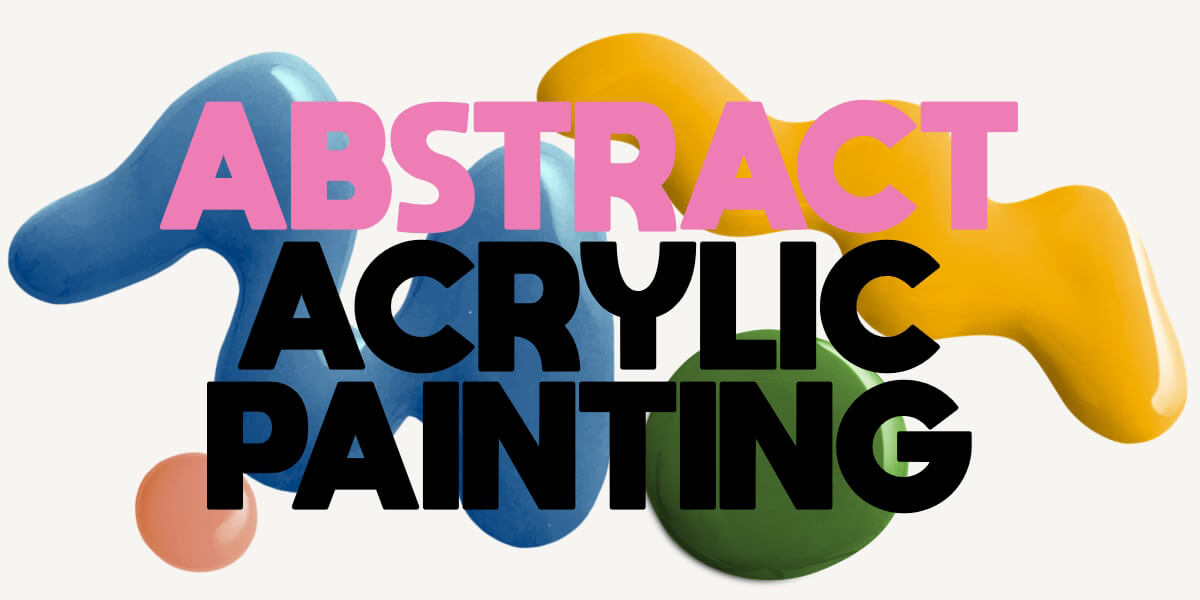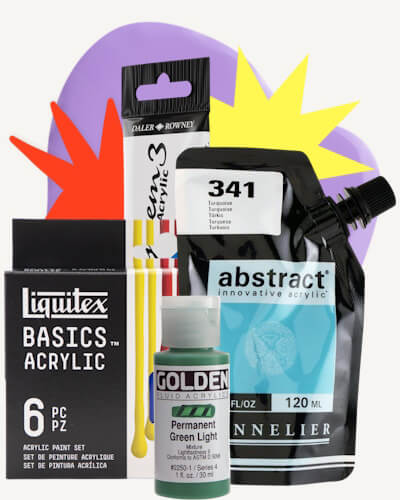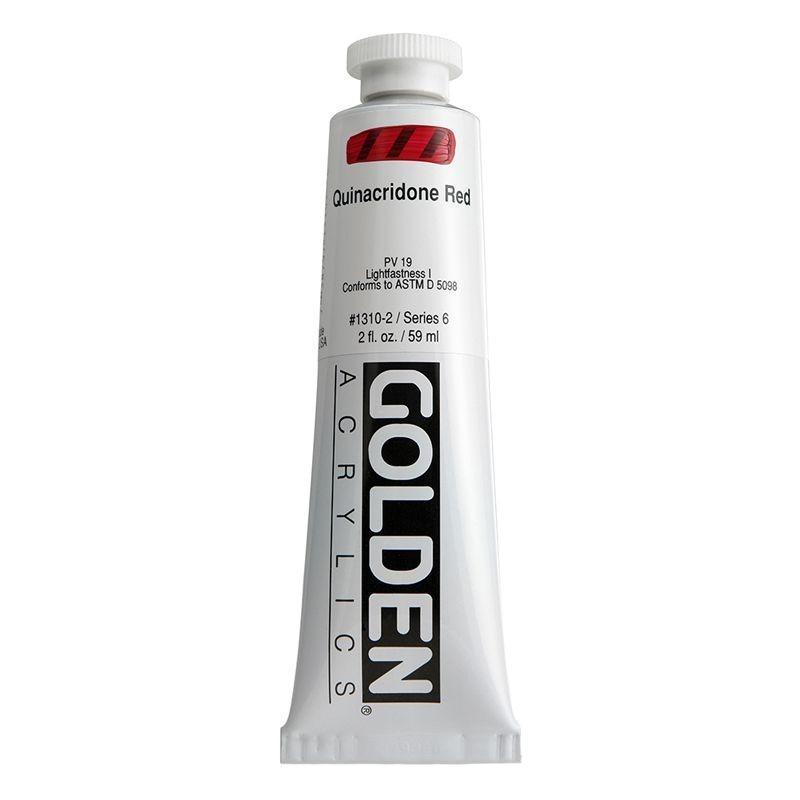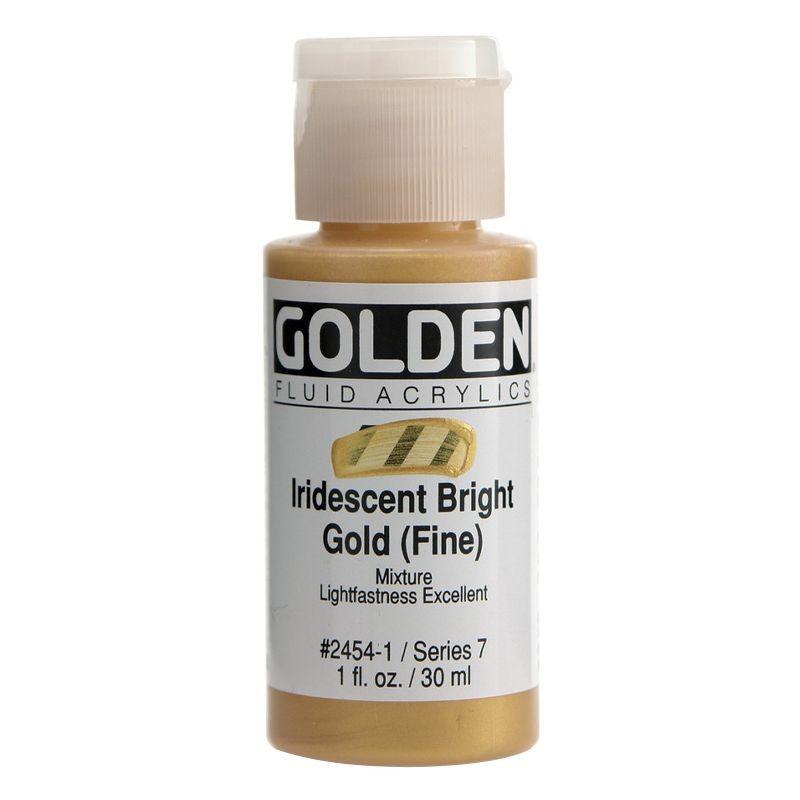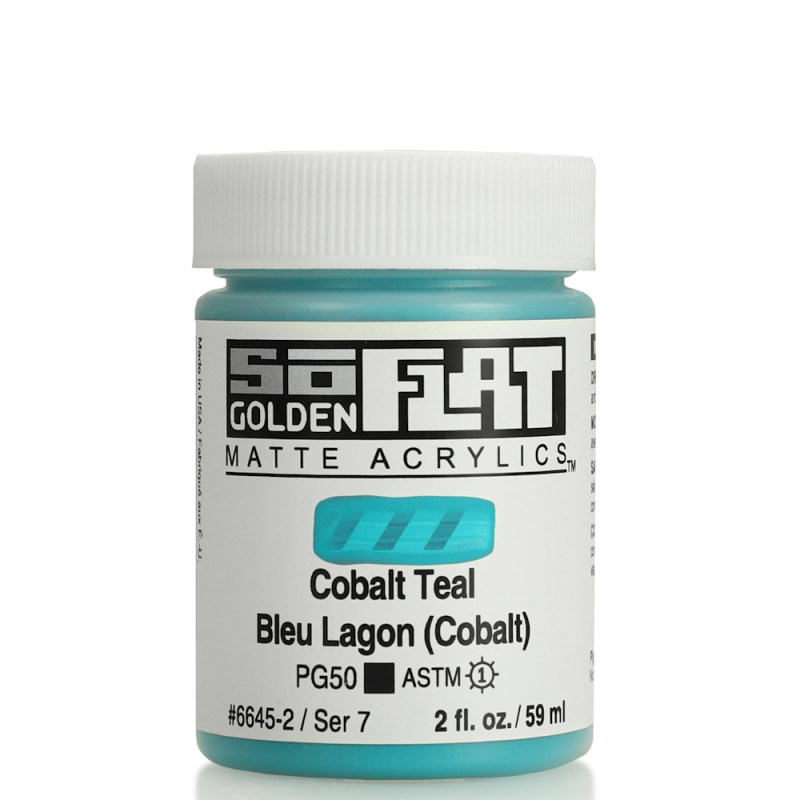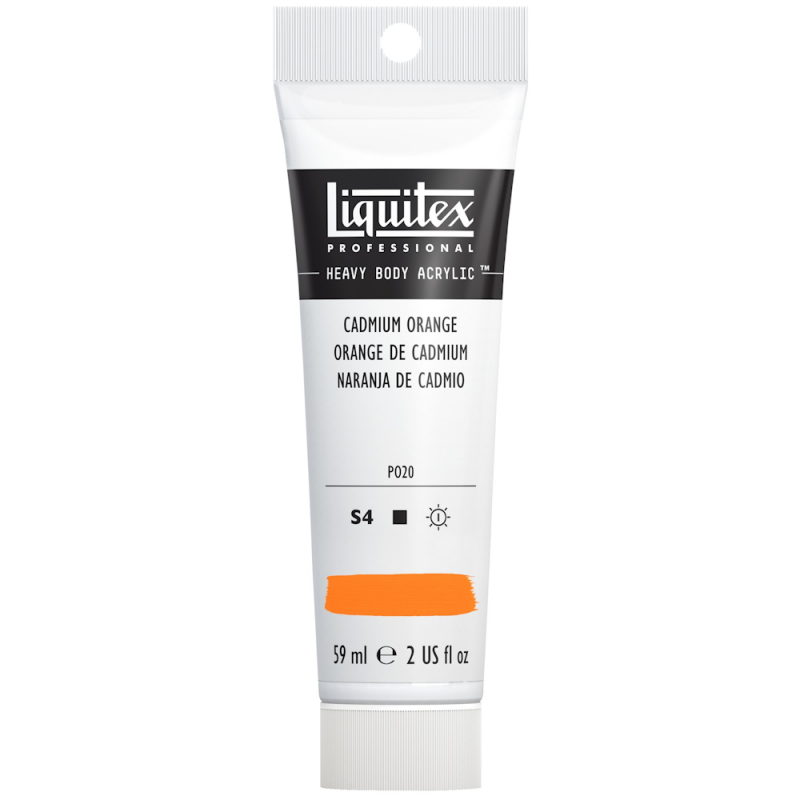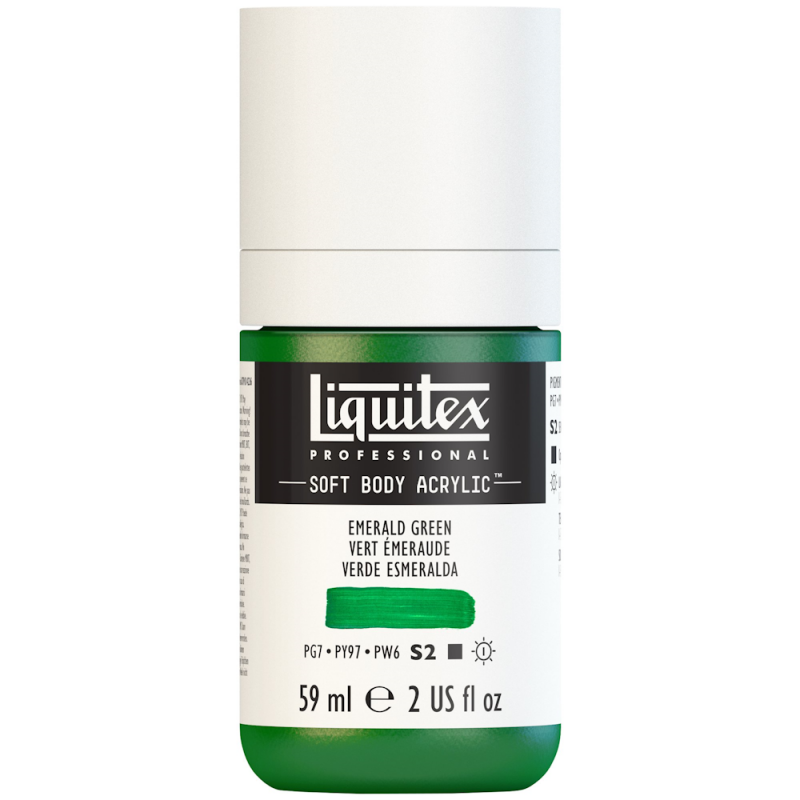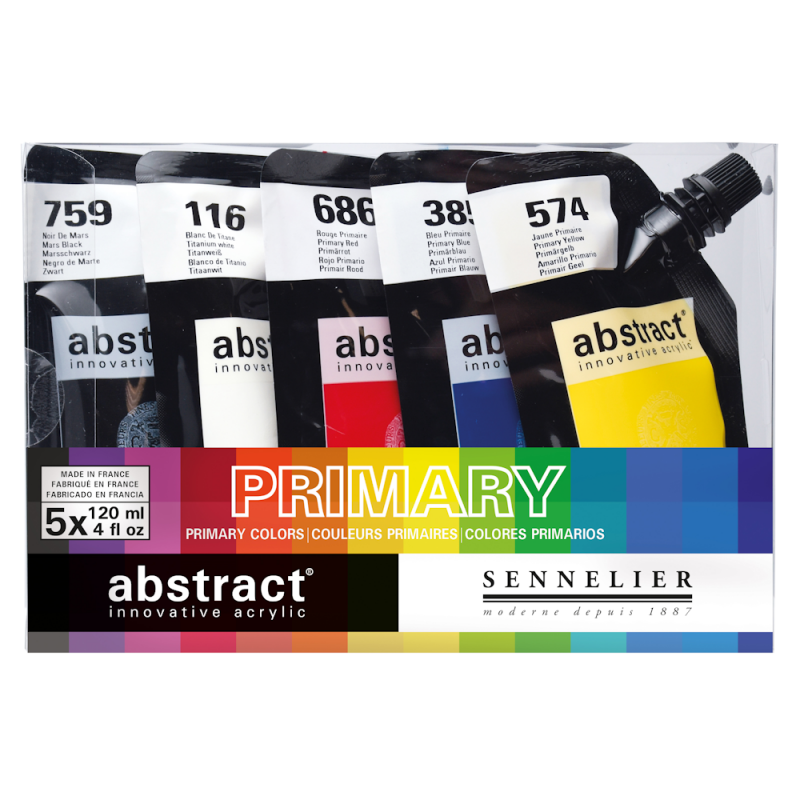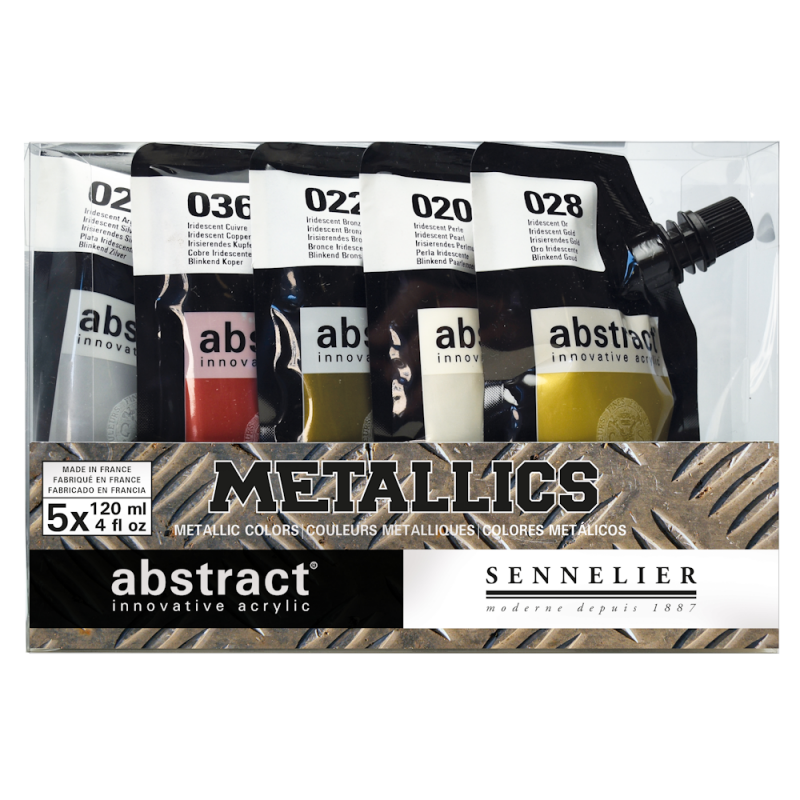Abstract Acrylic Painting: Embracing the Freedom of Creativity
Acrylic paints, first introduced in 1955, have become one of the most versatile, beginner-friendly art mediums in the world. Loved by artists for their vibrant colours, fast drying times & endless adaptability, acrylics are especially powerful when used in abstract painting.
Unlike traditional realism, abstract acrylic art focuses on emotions, shapes, colours, and textures that invite you to experience feelings and ideas in ways that transcend language, cultural boundaries or age. Whether you’re a total newcomer to painting or a seasoned veteran artist looking for a little freedom, abstract acrylic techniques open the door to limitless creativity & exploration without limitations.
Why Choose Acrylics for Abstract Art?
While oils, gouache, or watercolours can all be used for abstract techniques, acrylic paints are often the go-to choice because they offer:
- Ease of Use: Simple to apply, quick to clean
- Versatility: Perfect for pouring, glazing, impasto, mixed media and more
- Vibrant Colours: Nearly limitless shades, hues, and tones to explore
- Fast Drying Times: Build layers quickly and experiment without long waits
- Adaptability: Compatible with a wide range of mediums, additives, and finishes
Abstract Acrylic Painting Tips for Beginners
When exploring any new technique or medium, it’s best not to feel overwhelmed and ease yourself into the creative process. Sure, acrylic paints themselves may be easy-to-use, but the often-surreal nature of abstract art can be daunting, so we’ve put together some pointers to help.
1. There Are No Rules
Abstract acrylic painting thrives on freedom, unlike realistic work, there’s no “right” way to paint. Instead, use this as an opportunity to step back, let go of expectations and follow your intuition.
2. Build Your Own Personal Colour Palette
As with many techniques, colour (or lack thereof) is central to abstract art, so it’s important to free yourself up to experiment with different shades, tones and unusual combinations for expressive moods and emotional impact.
Abstract acrylic techniques can even be used in more traditional pieces. For example, when painting a landscape, why keep the grass green and not make it, say... pink or turquoise? With acrylics, the possibilities truly are endless.
3. Choose the Right Materials
Not all acrylics are created equal. Heavier-bodied paints like Sennelier Abstract or GOLDEN Heavy Body offer thicker applications for bold textures and impasto effects. On the other hand, GOLDEN Fluid Acrylics or Liquitex Pro Soft Body are smoother & more fluid for glazes, layering or pouring.
Explore and experiment with what’s out there to find the paints that fit your unique style.
Common Questions About Abstract Acrylic Art
Can beginners try abstract acrylic painting?
Absolutely! Acrylics are an incredibly beginner-friendly medium, making them perfect for exploring abstract techniques without intimidation.
What are the best acrylic paints for abstract art?
When first starting, student-quality ranges like the Daler-Rowney Graduate or Liquitex BASICS offer an affordable, accessible choice for stress-free experimentation. Once you’re more comfortable, consider upgrading to professional-grade options from GOLDEN, Liquitex or Sennelier for stronger pigmentation and overall coverage.
What techniques can I use for abstract acrylic painting?
Any techniques can be applied to abstract work, but why not try pouring, glazing, palette knife work, layering, or dry-brushing? Abstract painting is all about exploration, so experiment freely.
Getting Started with Abstract Acrylic Painting
Abstract acrylic painting is a powerful way to unleash creativity and self-expression. With just a basic understanding of materials, some experimentation and the courage to break some rules, you can produce beautiful, expressive art that is entirely, uniquely yours.





















